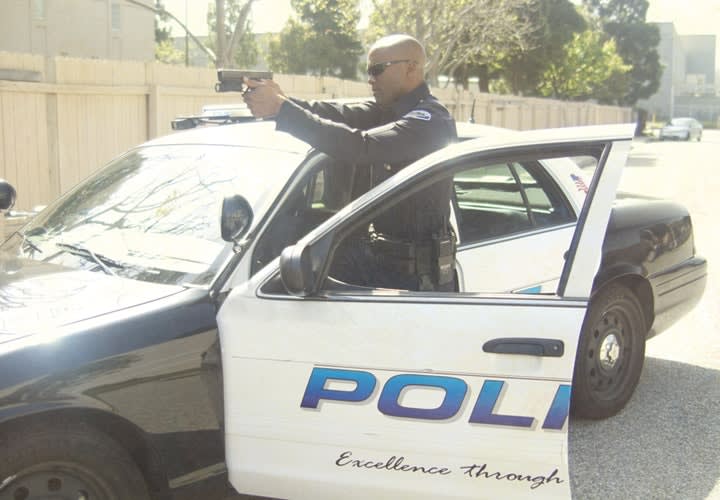Unfortunately, some of the drivers who have trouble distinguishing fantasy from reality think they're actually going to outrun your police cars, your radios, and your helicopters. So they try. Once their evasive driving begins to endanger public safety, you could have a serious decision to make about how you end that risk. For the third time in 10 years, the U.S. Supreme Court has given us guidance on the kinds of circumstances that may justify the use of deadly force to stop a dangerous driver.
Brosseau v. Haugen (2004)
Officers in Puyallup, Wash., went in foot pursuit of felony suspect Kenneth Haugen. Following more than 30 minutes of chase through a residential neighborhood, an officer caught up with Haugen as he got into a Jeep in his driveway. She pointed her handgun at him and banged on his window, but he started the Jeep and began driving away.
Fearful for the safety of officers on foot nearby and of citizens who might be in Haugen's path, the officer fired one round through the rear window of the Jeep. Haugen continued driving for a half-block before realizing he had been shot and pulling over. He survived and sued the officer for using excessive force. Although the Ninth Circuit appeals court denied the officer summary judgment, the Supreme Court reversed.
Said the court, "Where the officer has probable cause to believe that the suspect poses a threat of serious physical harm, either to the officer or to others, it is not constitutionally unreasonable to prevent escape by using deadly force." On the facts of this case, the court decided the officer was entitled to immunity from suit.













